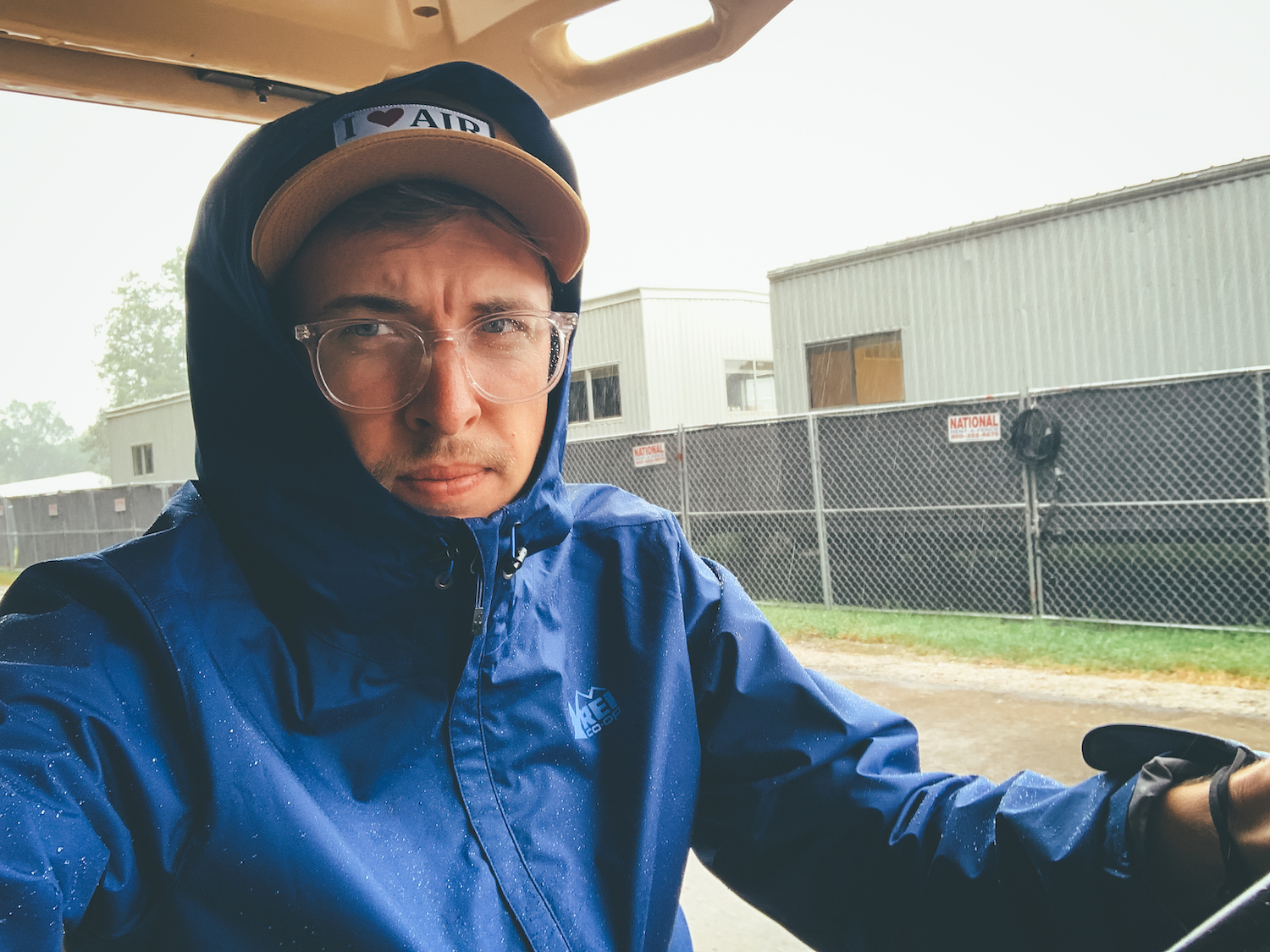Battling Hurricanes While Activating 5 Music Festivals In One Month

This post was originally published on my LinkedIn in partnership with RVshare
If your boss asked you today to explore a new channel for scaling your marketing efforts, what would you pitch them?
I bet music festivals weren’t your first thought.
But for RVshare’s marketing team this past summer, it was.
Oftentimes when you think of growth marketing, visions of endless analytics meetings, fancy algorithms, and math geek marketers are what pop into your head (all of which I hope you do have on your team).
But that has never been my experience in growth marketing. In fact, I never realized growth marketing was growth marketing until someone told me I was doing it.
I started my career in branding and product positioning. From there, I started my own marketing shop working agency side for brands large and small. We helped find new ways to break through the noise (read: growth marketing). It’s not until I worked my way up in the traditional digital channels that I realized that effective marketing growth is much deeper than a strong PPC and SEO content strategy.
I began to truly understand that a digital-first strategy shouldn’t mean a digital-only strategy.
So that leads me back to the music festivals.
With the summer clock quickly ticking down, and the looming COVID-19 pandemic on everyone’s radar, the RVshare marketing team was tasked with navigating how we could make the most out of our partnerships with some of the leading music festivals in the nation to reach a raving audience.
What started out as a trial with just one festival, quickly turned into a trial with five festivals. What was originally supposed to be only a fraction of my time, ended up quickly taking over many of my days.
It looked like this:
- 5 festivals across the nation
- 2 months to plan and get approvals
- Limited resourcing available internally and externally
- Our busiest season of the year for the business (read: all hands already on deck)
- 3 essential pivots in our activation strategy/creative
- 2 hurricanes canceled/delayed multiple festivals (pictured for proof)
- 1 ongoing Pandemic causing logistical hurdles
We approached this 2-month sprint in four essential phases:
Phase 1: Strategy / Creative
When put up against a tight timeline, creativity and strategy is typically a place where you hope you can get lucky on saving some time. We were fortunate to have an activation partner with Abel McCallister Abel to help in this space.
We needed to think up how we were going to activate at these festivals and what would make the most engaging on-site experience in the process for the patrons.
My constant question during this year was how can we squeeze every dollar out of our efforts. How can we quickly test what worked and what didn’t, while keeping an eye for scalability for future years?
Our plan was relatively simple this year — push for entries into our on-site giveaway and make every effort to hand out as much RVshare swag as possible while speaking with would-be renters.
All of course, while educating festival patrons about RVshare and how it could be great for their lodging next year.
Phase 2: Planning / Logistics
This is where on-site marketing sets itself apart from the pack.
Logistics with building something physical from nothing will always be an intricate dance of details, safety, and interpersonal dynamics.
Learning to work with sometimes dozens of vendors at any one festival means getting real good at getting to the work and getting rid of any egos or procrastination. Some of the festivals gave tight hour-by-hour windows to get our activation ready for the show.
I’ve never had so many Google Sheets open at once to ensure ever minute was accounted for.
TIP: Ensure you have a mix of Type A and B team members on the festival team. Most of the environment lends itself well to Type A’s but when it comes to those nitty-gritty details it will be your competitive advantage if you have B’s there to save the day!
Phase 3: Execution / On-Site
Finally, months of planning go by in a flash, and it’s time to execute.
Most of these festivals lasted only a few days, so loading everything in, taking care of credentials, and getting minute-by-minute alignment was a challenge.
Add on top of that, COVID-19 protocols with hundreds of thousands of patrons made for a true anomaly of an event season.
Being our first year, we tried to plan the best we could. But as with any new marketing channel, you won’t get everything right the first go at it. This is why we tried to put in place a culture of pivoting and experimentation. We changed course throughout the festivals to find new and engaging ways to get patrons to visit our activation — even if that meant raffling off free hot-showers in the RV. ????
Oh, and don’t forget to enjoy the festivals a little too! It’s market research.^
Phase 4: Debrief
The most important part of any experiment is the debrief. Without it, your efforts can’t be assessed and optimized for the future.
We took time to gather transparent feedback from all our vendors, the festivals, and our internal stakeholders. Anytime you test something for the first time, your expectation should be to learn. And this experience helping to launch five music festival activations in only a few months was no different.
—
If growth marketing were easy, then every organization would have more website visits, crazy high conversion metrics, and long-lasting brand affinity. But the reality is, that takes time and a lot of hard work, and no single tactic, channel, or experiment will bust the flood gates wide open.
While brand awareness and overall reach was our main objective, festival marketing allowed for a deeper opportunity to connect and engage with our customer base and learn how to effectively scale our field-marketing efforts moving forward.






Leave a Reply